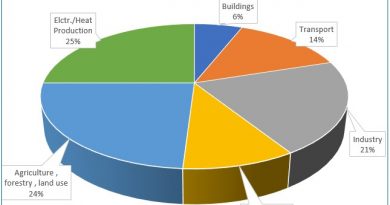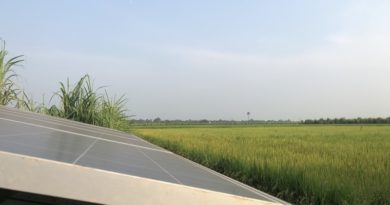Current State of Solar Energy in India: A Growing Renewable Force
India’s solar energy sector has undergone remarkable transformation, driven by robust government policies and a commitment to renewable energy. As of August 2024, India’s installed renewable energy capacity has surged to 203.1 GW, reflecting a 165% increase over the past decade. This positions India as the fourth-largest country globally in terms of renewable energy capacity, with significant contributions from solar and wind power.
Solar Energy Capacity Growth
As of June 30, 2024, India’s solar power capacity reached 85.47 GW, marking an impressive increase from just 2.82 GW in March 2014—an increase of approximately 30 times. The breakdown of the total renewable energy capacity includes:
- Solar Power: 85.47 GW
- Wind Power: 46.66 GW
- Large Hydro: 46.93 GW
- Biopower: 10.95 GW
- Small Hydro: 5.00 GW
This growth aligns with India’s commitment made at COP26 to achieve 500 GW of non-fossil fuel-based energy by 2030, as part of its Nationally Determined Contributions (NDCs) to the Paris Agreement .
Key Initiatives by MNRE
The Ministry of New and Renewable Energy (MNRE) has been pivotal in promoting solar energy through several initiatives:
- Jawaharlal Nehru National Solar Mission (JNNSM): Launched in 2010, this mission has facilitated the rapid expansion of solar power in India.
- Grid-Connected Rooftop Solar Program: Aiming for a target of 40 GW, this program supports decentralized power generation.
- Production Linked Incentives (PLI): Introduced to bolster domestic manufacturing of solar PV modules, reducing reliance on imports and enhancing local production capabilities .
Financing Solar Energy: The Role of IREDA
The Indian Renewable Energy Development Agency (IREDA) continues to play a crucial role in financing solar projects. It offers various loan schemes aimed at supporting large-scale solar installations and rooftop projects. IREDA’s financial backing has encouraged private sector participation, essential for scaling up capacity .
Challenges and Future Outlook
Despite significant advancements, challenges remain:
- Land Acquisition: Securing land for large-scale projects is an ongoing challenge.
- Grid Integration: Integrating renewable energy into existing grids poses technical difficulties.
- Manufacturing Dependency: India’s solar manufacturing industry still relies heavily on imports for photovoltaic modules.
To address these challenges, the government is focusing on enhancing domestic manufacturing through the PLI scheme and promoting research in advanced technologies like floating solar farms .Looking ahead, India’s favorable geographic conditions and strong policy support position it as a leader in the global renewable energy market. Achieving its ambitious targets will require sustained efforts to overcome current challenges and foster innovation in solar technology.
Conclusion
India’s solar energy sector represents a critical pathway towards achieving energy security and reducing carbon emissions. With continued governmental support through MNRE and financial backing from IREDA, the future of solar energy in India appears promising, paving the way for a cleaner and more sustainable energy landscape.
References:
- https://mnre.gov.in/solar-overview/
- https://mnre.gov.in/production-linked-incentive-pli/
- https://nise.res.in/
- https://www.ireda.in/home



